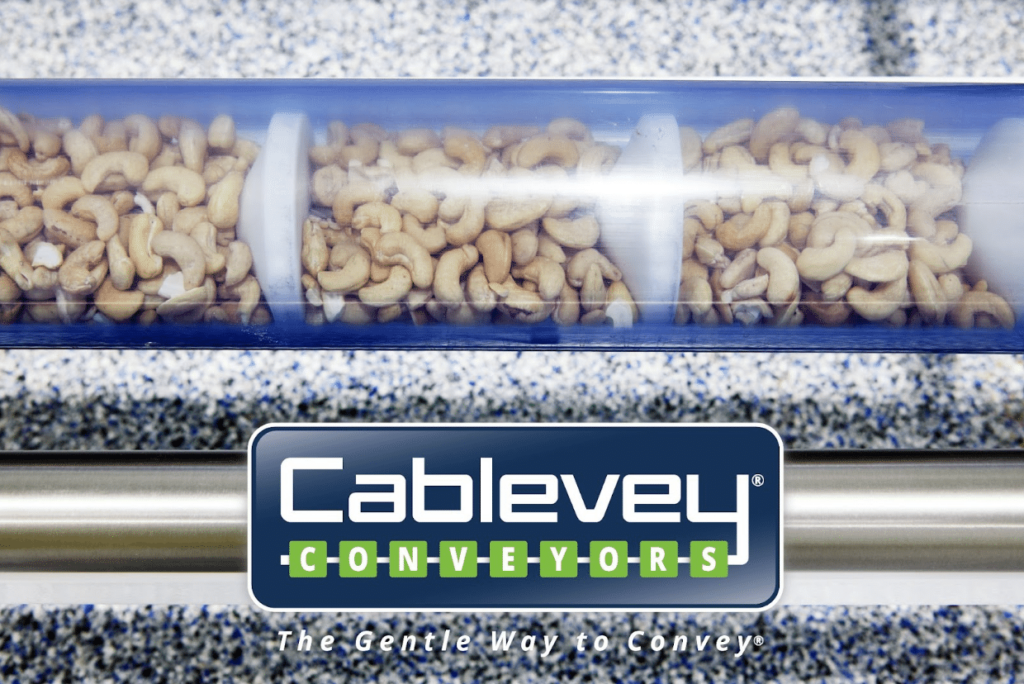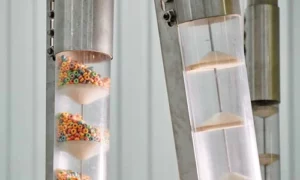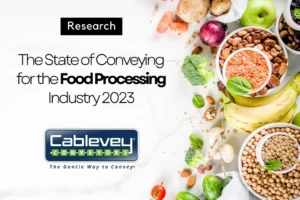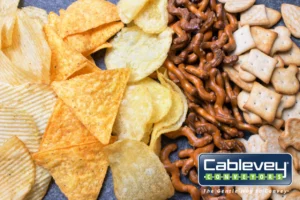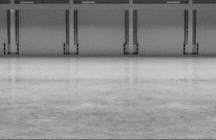In the world of industrial conveyor systems, both tubular chain and cable conveyors stand out for their unique features and applications. While they may seem similar at first glance, there are four major differences between tubular chain vs. cable conveyors that set them apart. We will explore the major differences between these two types and how they impact food safety, sanitation, and overall performance. Understand the pros and cons of each type and make an informed decision.
Why Is It Important to Choose the Right Automated Conveyor System?
As a company with over 50 years of experience in manufacturing tubular cable conveyors, we understand the importance of selecting the right conveyor system for food processing facilities. From the belt conveyor system and screw conveyor to the vibrating conveyor and an overhead conveyor – there seem to be too many options to choose from.
The right type ensures efficient transport of food products by maintaining food integrity and safety, minimizing contamination, and increasing productivity. One of the most crucial decisions that food manufacturing companies face is choosing between tubular chain conveyors and tubular conveyors with cable and disks.
At first glance, these tubular drag conveyors aren’t that different – they both have a tube, circular disks spaced along a cable or a chain, and similar designs. You might even think it doesn’t matter which one you get. But this cannot be further from the truth. Let us walk you through the differences between these advanced systems and help you determine which if the automated conveyor systems is the perfect fit for your company.
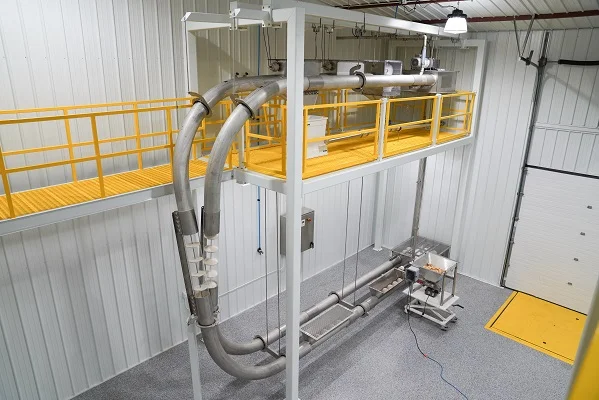
The First Major Difference Between Tubular Chain vs. Cable Conveyors Is System Downtime
One of the key differences between tubular chain vs. cable and disc conveyors is how much system downtime they might require. In our State of Conveying report, 33% of food processors named system downtime as one of their top three challenges when conveying materials. This is not surprising since extensive system downtime can lead to:
- Loss of productivity and revenue due to the inability to transport food products,
- Increased labor costs associated with resolving mechanical failures and conducting maintenance,
- Potential for food products to be compromised by prolonged downtime,
- Risk of food safety and sanitation requirements violations,
- Difficulty in meeting customer demand and maintaining a reputation,
- Increase in the cost of goods sold,
- Difficulty in planning operations,
- Loss of efficiency, increased expenses, and more.
A Chain Conveyor Requires More Maintenance and System Downtown as Opposed to Cable Conveyor
Chain conveyors, with their moving components such as links, plates, pins, and bushings, are prone to friction and wear. This increases the likelihood of mechanical failure. If only one segment of the chain and disc system breaks, the entire system has to be shut down because the load cannot be redistributed over other parts of the chain.
Furthermore, chain sprockets require frequent changing even when nothing goes wrong, meaning even more potential for production downtime. In contrast, cable conveyors are made to withstand excessive stress. In case of failure, they maintain system uptime by redistributing loads.
Our experience in manufacturing conveyor systems with a cable has shown that this design results in less downtime, which ultimately leads to increased productivity for food processing facilities. Invest in a tubular cable conveyor, and expect food processing facilities to see a significant reduction in mechanical failures, leading to fewer system shutdowns, which in turn increases revenue.
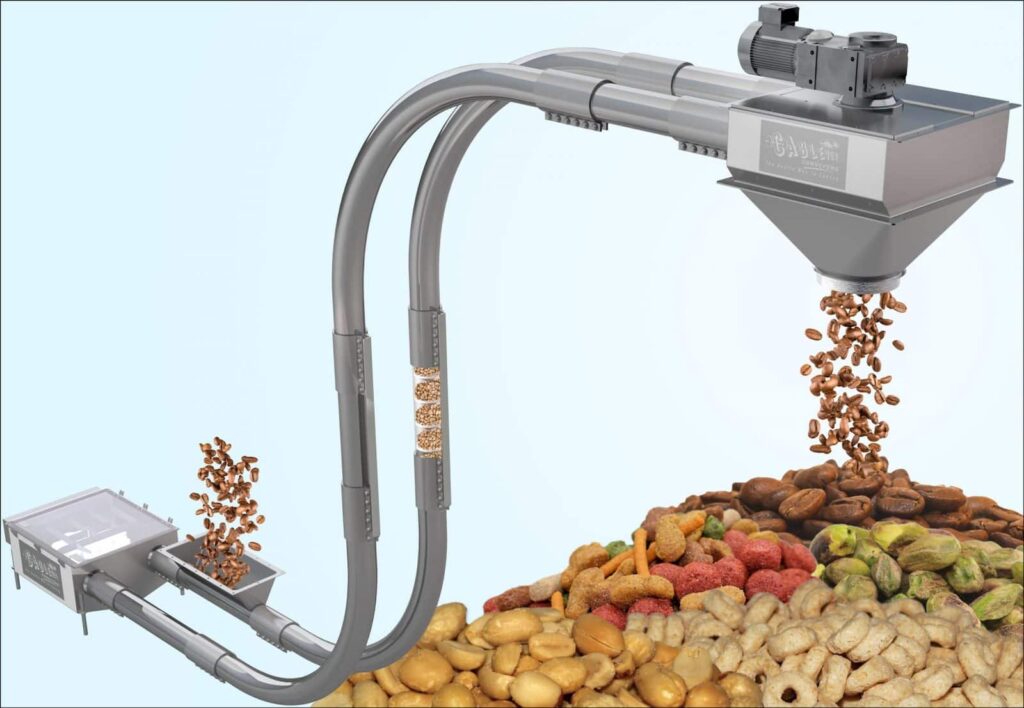
Second Major Difference – The Level of Food Safety
A significant benefit of tubular drag cable conveyors is their enhanced capability to ensure food safety. This is of the utmost importance in food processing as it directly affects the well-being and health of consumers. Food processing facilities are responsible for ensuring that the food they produce doesn’t have any contaminants. It’s vital that the products meet the highest standards of quality and safety.
A Conveyor with a Disc and Cable Increases Food Safety
A cable and disc conveyor maximizes food safety through the use of a nylon coating on the stainless steel cable. This prevents contact between the transported food and the conveyor itself.
Such a design eliminates the potential for food particles to get trapped in crevices or sharp-angled components, which can occur with chain conveyors and their previously mentioned links, plates, pins, and bushings. The nylon coating on the cable is easy to clean (easier to clean than a chain), which further enhances food safety.
What Can Trapped Food Particles Cause?
Trapped food particles can cause a wide range of health and business hazards, such as:
- Risk of cross-contamination,
- Risk of bacterial growth,
- Risk of food spoilage,
- Risk of food poisoning,
- Difficulty in maintaining food safety and sanitation standards,
- Difficulty in meeting regulatory requirements,
- High risk of food recalls,
- Loss of consumer’s trust and damage to the business’s reputation,
- Potential for legal action and fines.
What Organizations Oversee Food Safety in the United States?
There are a couple of organizations in charge of overseeing food safety adherence in the United States. These institutions have put in place several different regulations that food manufacturers need to follow.
Bear in mind that the Food Safety Modernization Act (FSMA) was established by the FDA, which focuses on preventing foodborne illness by transitioning the emphasis from reacting to contamination to proactively avoiding it.
The organizations you need to adhere to are the following:
The US Food and Drug Administration (FDA)
The FDA is responsible for protecting public health by ensuring the safety, efficacy, and security of human and veterinary drugs, biological products, and medical devices. The FDA also oversees the safety of the food supply, including the safety of food additives and the regulation of food labeling.
The US Department of Agriculture (USDA)
The USDA is responsible for the safety of meat, poultry, and egg products. They also regulate the labeling and inspection of these products.
The Occupational Safety and Health Administration (OSHA)
OSHA is responsible for ensuring that workers in food processing facilities are protected from safety and health hazards.
The Third Major Difference Concerns the Cleaning Mechanisms
Disc and cable systems provide a considerably more comprehensive set of dry-cleaning mechanisms than chain and disc systems. Tubular chain conveyors can have only two dry-cleaning mechanism options:
- Brush box – a line insert component that brushes accumulated dust off of conveyor’s discs.
- Chain knockers – an insert component that knocks (dislodges) material from the chain.
Tubular cable and disc conveyors have a total of five dry-cleaning mechanisms you can choose from:
- Brush box – a line insert that uses a brush to mechanically clean the discs of any built-up particles.
- Urethane wiper disc – a disc insert that removes particles and fines while the machine is running.
- Air knife – a line insert at discharge points that employs compressed air to blow away fines that have accumulated on discs and cable.
- Sanitizing cleaner and sponge disc – a single-use sponge disc soaked in cleaning solution circulated through the system.
- Bristle brushes – a brush that gets dragged through the tube to remove any dust that has settled there.
These five dry cleaning mechanisms ensure sanitation and enable faster changeovers than the dry cleaning mechanisms of chain systems.
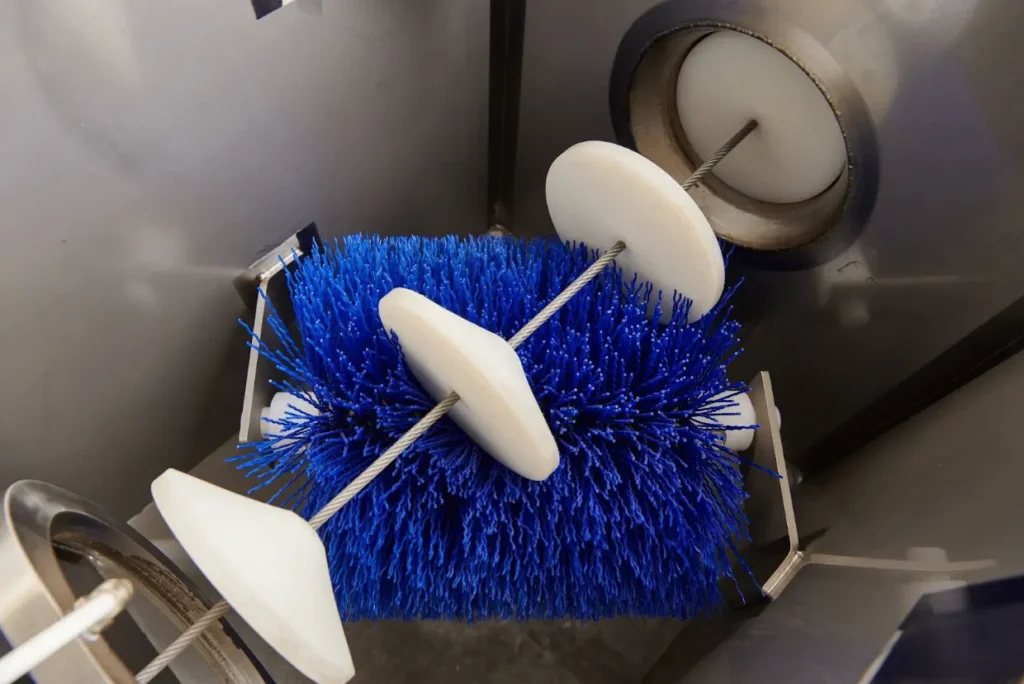
Beware of the Health Hazard Caused by Trapped Water
Trapped water deposits within components after cleaning are not unheard of in tubular chain conveyors. Trapped water in a conveyor is a serious health hazard that can have a myriad of consequences. These consequences are not different from the consequences of bacterial growth within the chain of a chain conveyor, and they include:
- Difficulty maintaining sanitation standards and food safety,
- Difficulty in meeting regulatory requirements,
- Risk of cross-contamination,
- Bacterial growth,
- Risk of food spoilage,
- Risk of food poisoning,
- Increased cleaning and maintenance costs,
- Reduced efficiency and productivity, and more.
The Fourth Major Difference Is Connected to Energy Consumption
Finally, we cannot overlook the fact that, by default, a chain is heavier than a cable. Some are 2.5 times heavier, to be precise. More weight in the moving parts means more energy is needed to keep the conveyor operational. This is why tubular chain conveyors typically use larger motors and rely on more power consumption than tubular cable conveyors.
While this is a small difference, it may play a significant role in the long run. When you’re choosing an automatic conveyor system, don’t forget to calculate the monthly or yearly expenses needed to keep it operational, in good condition, and meeting all the health and safety regulations. This includes expenses like power bills, cleaning and maintenance costs, water bills, and more.
Final Verdict – Which System Is Better?
The benefits of conveyor systems with a cable in terms of system downtime, direct contact with food, and performance for food safety, sanitation, and changeovers far outweigh those of chain and disc systems.
While tubular chain conveyors have their own advantages, cable conveyors offer a more comprehensive and efficient solution for many facilities. It is important to note that the choice between tubular chain and cable conveyors ultimately depends on the specific needs and requirements of the food processing facility.
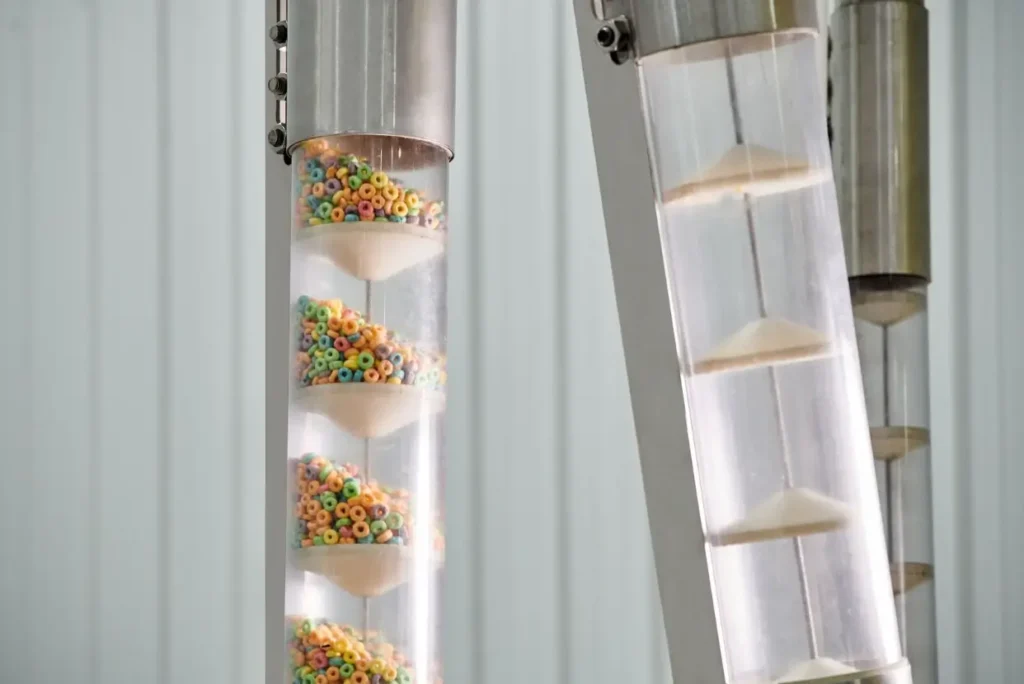
Contact Cablevey Conveyors and Get Expert Advice on Conveyor Solutions
Consider the type of material you are transporting, the floor space requirements of your facility, and how big your budget is. Read more on how to choose the right conveyor here. At Cablevey Conveyors, we provide product testing services for you to see how your specific material runs through our tubular cable and disc systems.
You can attend this testing in person or via a video call. As always, our company is here to provide expert advice and support in selecting the right tubular conveying system for your specific business and provide tubular conveyor installation supervision. Contact us today to get started!

